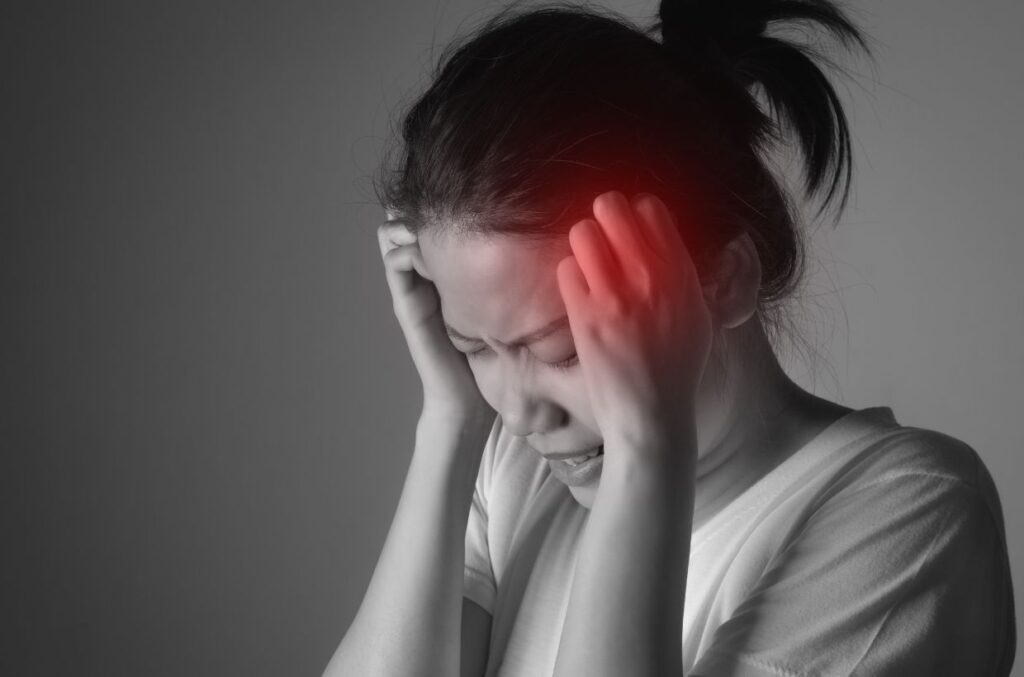Advanced Trigeminal Neuralgia Treatment In Hyderabad
- One day discharge
- No surgery required
- Minimal procedure
- Join work in two days


Trigeminal Neuralgia treatment
A trigeminal neuralgia is a chronic neuropathic pain condition that manifests in paroxysms along the distribution of the trigeminal nerve, which transmits sensations from the brain to the face.
Clinical Features
- An attack of pain lasting up to two minutes that affects a division of the face
- V1 Nerve involvement- Pain in forehead and eye
- V2 Nerve involvement- Pain in cheek and upper lip
- V3 Nerve involvement- Pain in ear, side of face, teeth, jaws, lower lip and mandible
Characteristics of pain
- Sharp pain
- Superficial pain
- Stabbing pain
- Burning pain
- Some abnormal sensations like crawling of worms
Accelerating factors
- Face wash
- Cold winds
- Eating cold meal
- Shaving
- Chewing
- Touching the face
Causes of Trigeminal Neuralgia
Primary trigeminal neuralgia
Trigeminal Neuralgia is caused by pressure on the Trigeminal nerve close to where it enters the brain stem, the lowest part of the brain that merges with the spinal cord. This type of trigeminal neuralgia is known as Idiopathic
Secondary trigeminal neuralgia
- A tumour
- A cyst – a fluid-filled sac
- Arteriovenous malformation – an abnormal tangle of arteries and veins
- Multiple sclerosis (MS) – a long-term condition that affects the nervous system
- Facial injury
- Damage caused by surgery including dental surgery
Diagnosis
Clinical diagnosis
Pain usually occurs unilaterally, bilaterally only in cases of multiple sclerosis, and comes in paroxysms.
A neurological examination
The doctor can determine exactly where the pain is occurring and if you seem to have trigeminal neuralgia, which branches of the trigeminal nerve may be affected by touching and examining parts of your face. If your symptoms are caused by a compressed nerve or another condition, reflex tests can also help your doctor diagnose it.
MRI Brain in Feista View
There may be a compression of the trigeminal nerve due to an aberrant vessel or a tumour, or the trigeminal nerve may not be compressed at all.
Medical Management
First line drug
The most common drug used is carbamazepine. It is started at a low dose of 100 mg twice daily and increased up to a maximum of 800 mg. After this dose, there is very little effect and more side effects.
Second line drug
To reduce carbamazepine’s side effects and dose, gabapentin, baclofen, and lamotrigine are added.
Treatment
Treatment for trigeminal neuralgia usually begins with medications, and some people do not need further medication. However, over time, some people with the condition may stop responding to medications, or they may experience unpleasant side effects. Trigeminal neuralgia can also be treated with injections or surgery. Your doctor will treat the underlying problem if your condition is caused by another condition, such as multiple sclerosis.
Medications
It is usually prescribed by your doctor to lessen or block the pain signals sent to your brain in order to treat trigeminal neuralgia
Other causes of neck pain include
Doctors usually prescribe carbamazepine for trigeminal neuralgia, and it’s been shown to be even more effective. Other anticonvulsant drugs that may be used in treating trigeminal neuralgia include oxcarbazepine, lamotrigine, valproate and phenytoin. Other drugs, including clonazepam, topiramate, pregabalin and gabapentin may also be used.
If the anticonvulsant you’re taking begins to lose effectiveness, your doctor may increase the dose or switch to another type. Side effects of anticonvulsants include dizziness, confusion, drowsiness and nausea. The drug carbamazepine can trigger a serious reaction in some people, mainly Asians, so a genetic test may be recommended before you begin taking it.
Ice is commonly used to reduce swelling and inflammation in the injured area. It can be applied in the form of an ice pack or cold pack, or through the use of ice massage.
The use of onabotulinumtoxinA (Botox) injections may reduce pain associated with trigeminal neuralgia in people who cannot be helped by medications. However, more research is needed before this treatment can be widely used
This is a chronic inflammatory condition that can affect any joint in the body, including the shoulder. Rheumatoid arthritis often leads to deformity of the joints over time.
A fall or other trauma can cause a break in one or more bones around the shoulder joint. This can lead to severe pain and disability.
Tell us about your Pain Conditions
Dr. PALLAVI DASYAM
Interventional Pain Specialist MBBS DA FIPMDr. PSS KIRAN
Interventional Pain Specialist
MBBS MD FIPM
